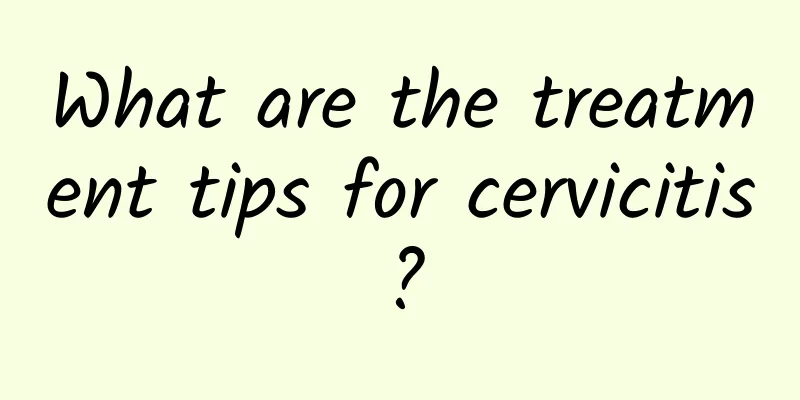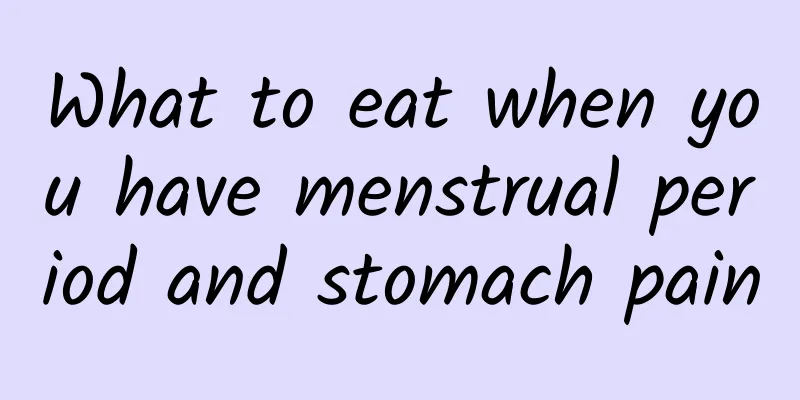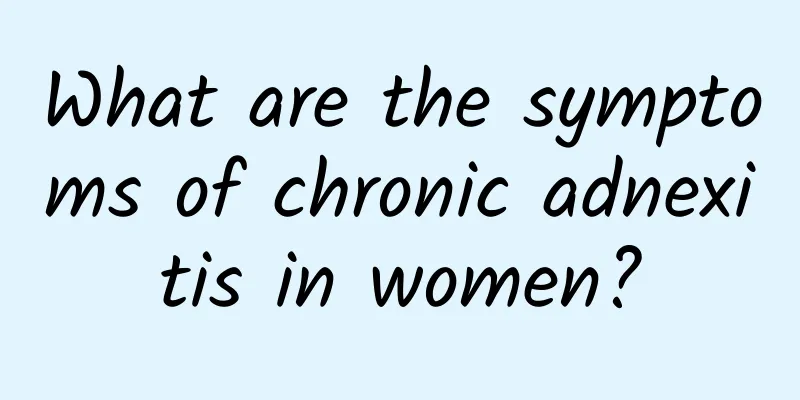How to treat subserosal uterine fibroids?

|
Subserosal fibroids are a type of uterine fibroids and are treated similarly. A female friend asked: What is the treatment for subserosal fibroids? Subserosal fibroids are a very common type of uterine fibroids. Uterine fibroids can be divided into three types based on where they grow: Intramural fibroids grow in the uterine muscle wall and are the most common. Subserosal fibroids protrude from the surface of the uterus and are covered by a layer of serosa. Submucosal fibroids grow in the uterine cavity and are covered by a layer of endometrium. Common symptoms of subserosal uterine fibroids: increased menstruation, lower abdominal mass, increased vaginal discharge, etc. Symptoms of subserosal uterine fibroids are common in larger intramural fibroids. Due to the enlargement of the uterine cavity, the glandular secretions increase, the leucorrhea increases, and submucosal fibroids are accompanied by infected leucorrhea. Sometimes the symptoms of subserosal uterine fibroids can be bloody. Pain: Symptoms of subserosal uterine fibroids are abdominal pain, backache, and dysmenorrhea. Symptoms of subserosal uterine fibroids also manifest as lower abdominal swelling or back pain, which is not too serious. Therefore, once uterine fibroids are found, whether they are subserosal uterine fibroids or other types, they must be treated promptly. Current methods for treating subserosal uterine fibroids: 1. Myomectomy: It is mainly suitable for patients under 45 years old, especially those under 40 years old, who want to retain their fertility. Myomectomy can be performed for subserosal, intramural, or even submucosal myomas, preserving the uterus. 2. Total hysterectomy: For older patients with uterine fibroids who have obvious symptoms and no desire to continue to have children, total hysterectomy should be performed. Around 50 years old, one or both normal ovaries can be retained to maintain endocrine function. Total hysterectomy can be performed through video laparoscopy, vaginal or laparotomy. 3. Drug treatment. When the patient's fibroids are the size of a two-month pregnant uterus or the patient has no obvious symptoms or is a woman approaching menopause, with the doctor's permission and guidance, androgen drugs can be used to control the progression of the disease. The above introduces the treatment methods of subserosal uterine fibroids. Patients need to actively respond to the treatment of subserosal uterine fibroids, and they need to cooperate with the doctor's treatment and take protective measures in life. In addition, if any problems are encountered during the medication process, they must consult a pharmacist in time. |
<<: How to treat uterine fibroids? What are the specific treatment methods for uterine fibroids?
>>: How to treat uterine fibroids? What are the treatments for uterine fibroids?
Recommend
Get rid of the puff tribe! The goddess of muscle strength will make you feel it in 3 minutes
People with high body fat should be careful not t...
Can cervicitis be detected?
Cervicitis can be detected and diagnosed through ...
Symptoms of Mycoplasma Infection
What are the symptoms of mycoplasma infection in ...
Let's take a closer look at the dangers of painless abortion
Painless abortion is a choice for many people in ...
What medicine can I take for irregular menstruation? How can I treat the symptoms to make my menstruation normal?
Irregular menstruation occurs from time to time i...
What are the prevention and care methods for pelvic inflammatory disease
In recent years, the number of patients suffering...
How can women of childbearing age reduce abortion?
Women can conceive for more than 20 years in thei...
What are the measures to prevent the recurrence of cervical warts?
Recurrence of cervical warts is not uncommon. We ...
Got a big appetite? Purple rice instead of white rice can help you lose weight
Purple rice is brightly colored and has a chewy t...
Food promotion for children will be restricted in the first review of the esophageal law
The toxic starch scandal has prompted lawmakers f...
LEEP knife surgery can effectively treat cervical erosion
LEEP knife surgery is currently a good method for...
Chronic cervicitis has no symptoms. How to treat chronic cervicitis? It is recommended to use these methods to treat it.
Cervicitis is divided into two types: chronic and...
Understand these care points for vulvar leukoplakia
Understand the key points of care for vulvar leuk...
How to regulate the symptoms of premature ovarian failure
Premature ovarian failure is a common gynecologic...
What should women do if they have cervicitis?
Cervicitis is a common disease in women's liv...









